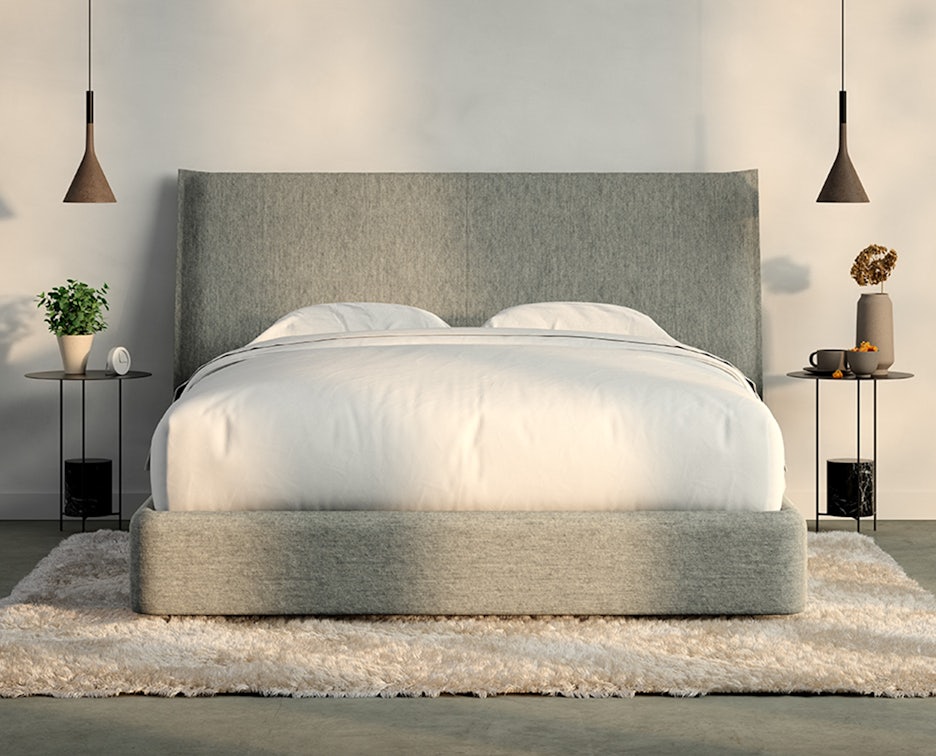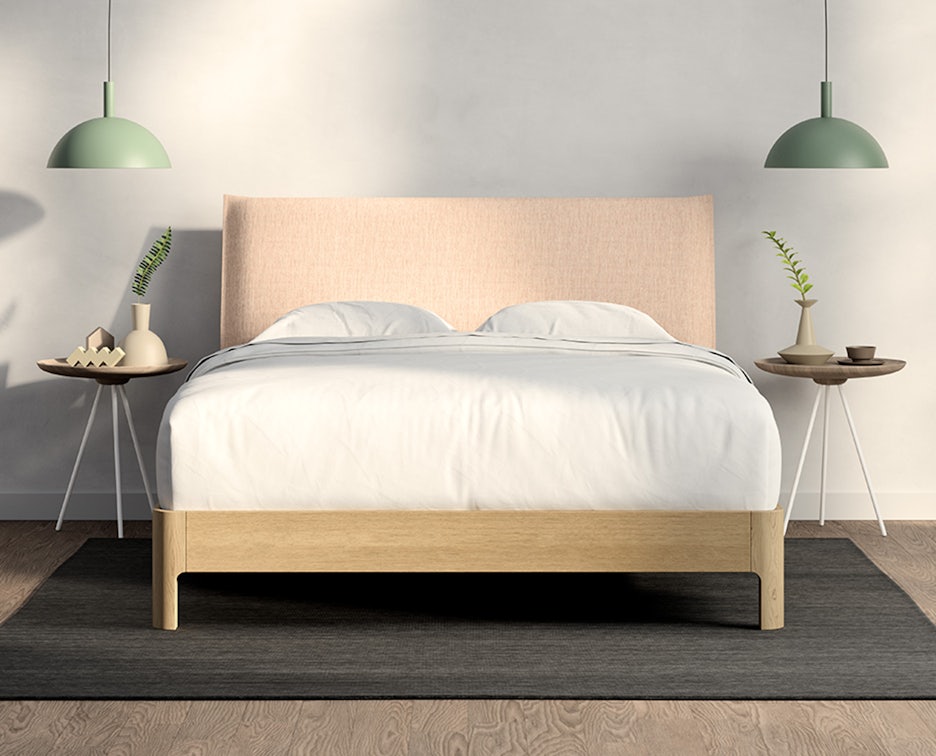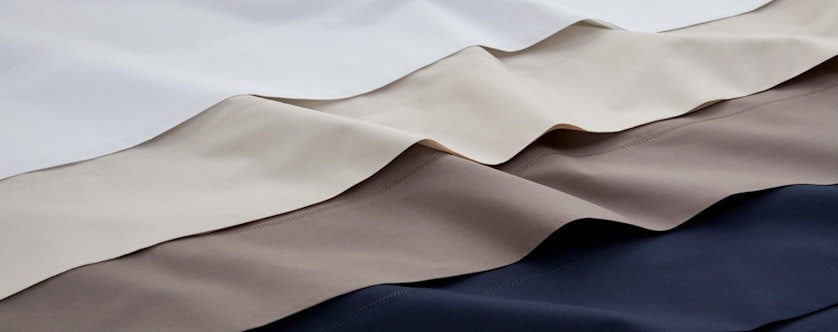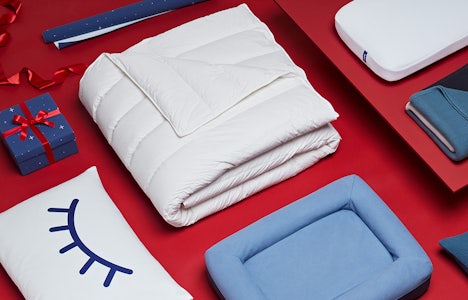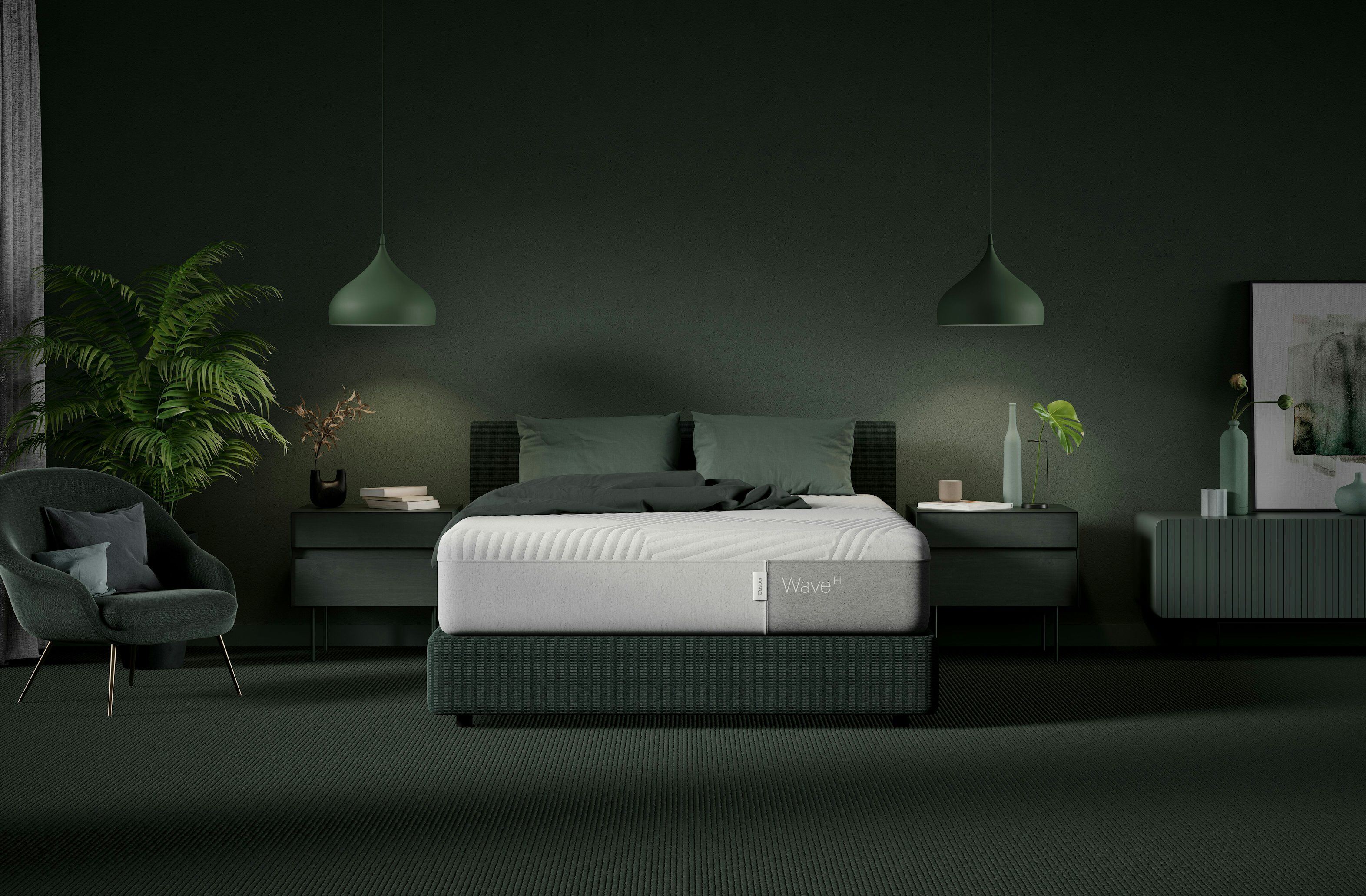
Latex vs. Memory Foam:
Which Is Better?
7/21/2020 | Casper Editorial Team
Are you considering a latex or memory foam mattress, but aren’t sure which one is better? While both mattress types provide adequate posture support, there are some stark differences that those in the market for a new mattress should be cognizant of. From pros and cons to cooling features and cost, our guide covers everything you need to know when it comes choosing between a latex vs. memory foam mattress.
What Is Memory Foam?

Memory foam is made from polyurethane foam and other added materials. It is malleable, durable, and has been applauded for its ability to absorb impact. This means that if you share a bed with someone, you likely won’t be able to feel them tossing and turning throughout the night. Memory foam is also known for its heat-wicking abilities. The foam uses your body’s heat to mold and absorb your impact — creating a cushion that is great for aching joints.
Memory foam mattresses are made of multiple layers of foam ranging in size and density. There are three different types of memory foam mattresses:
Regardless of the type of memory foam mattress you choose, you can expect a soft, durable feel that offers support for aching joints. It has a medium to hard firmness and typically lasts about 8–10 years. In terms of pricing, it is considered mid-tier to luxury.
What Is Latex Foam?

Latex foam can be made from natural and synthetic materials. Natural latex is produced from rubber trees so there are no harsh chemicals in the mattress. The sap from the trees is frothed up and baked to create a foam. It’s a very popular option for those looking for an eco-friendly mattress.
Synthetic latex is made from several materials, but the most prominent is a type of plastic and natural rubber substitute called Styrene-Butadiene Rubber (SBR). This type of latex mattress is less durable and springy than the natural latex mattress.
Latex foam can be made in two different ways. Both methods use the vulcanization process to create the foam. Vulcanization is the chemical process of hardening rubber by using heat. Below are the two ways latex foam is made.
Despite the type of latex foam you choose, most latex mattresses have a medium firmness and typically last 10–12 years. They are durable, springy, and bounce back quickly after pressure is applied. In terms of pricing, they’re considered mid-tier to luxury.
Latex vs. Memory Foam Mattress: What’s the Difference?

There are essentially five main differences between latex and memory foam: edge support, responsiveness, breathability, motion isolation, and pressure relief. Latex foam is considered to be on the opposite end of the spectrum compared to memory foam. Memory foam has better edge support, pressure relief, and motion isolation, whereas latex foam is a lot bouncier and more breathable. We dig into why this is below.
Edge Support
If you like to sit or sleep on the edge of your bed, you want a mattress that supports you when you apply pressure to the edge. A memory foam mattress offers more edge support than a latex foam mattress does. Latex foam may give you that feeling of rolling off when you lay too close to the edge.
Winner: Memory foam.
Responsiveness

The responsiveness of each mattress can be tested by bouncing a golf ball (or another type of ball) on the mattress foam. When bouncing a golf ball on a latex mattress, the ball will bounce right back up to you. When bouncing a golf ball on memory foam, the mattress will barely bounce back at all. Latex is more firm and rubbery. It has a faster bounce back time when pressure is applied. When pressure is applied to a memory foam mattress, there is much less resistance and the bounce back time is much slower.
This tells us that latex will work with your body when you try to move, while memory foam works against you. Latex foam is better for those who are active sleepers as it allows you to move more easily. On the other hand, memory foam will make it a lot harder for you to move over in your sleep.
Winner: Latex foam.
Breathability
One of the many things people like to look for in a mattress is breathability, especially if you tend to sleep hot. During sleep, body heat gets absorbed by the mattress. Memory foam has a tendency to retain heat, making it more likely for you to sleep hot. Latex foam does not hold heat in, so it’s going to feel a lot cooler when you sleep.
Winner: Latex foam.
Motion Isolation

Do you remember those commercials where someone would jump on a mattress next to an unspilled glass of wine? That’s motion isolation in action and it’s something that memory foam mattresses are known for. Memory foam is great at absorbing body pressure and movement so that you won’t be able to tell if your partner is tossing or turning all night. Because of the latex mattress’ springy nature, it’s not great at isolating motion and you will likely hear and feel the movement of someone next to you.
Winner: Memory foam.
Pressure Relief
A memory foam mattress is the better option for those looking for pressure and pain relief. Lying on a mattress, people can sometimes feel pressure in places such as their knees and hips. Memory foam does a better job of relieving this pressure and any pain that you may have been feeling. Side sleepers tend to prefer memory foam mattresses as they often need more support on their shoulders and hips.
Winner: Memory foam.
Both memory foam and latex are super durable and they each have their pros and their cons. However, memory foam has more slow-moving properties that offer better pressure relief. In contrast, latex mattresses have a bouncier feel that is better for those who tend to sleep hot.
Memory Foam: Pros and Cons

As discussed above, memory foam is the better option for those looking for pressure relief and motion isolation. However, it’s important to look at the cons as well. If you’re someone who sleeps hot, a memory foam mattress may not be for you.
Pros
Cons
Latex Foam: Pros and Cons

Each mattress has its own pros and cons. When it comes to latex, it’s important to look at both the advantages and the drawbacks. Weigh each carefully and make your decision from there.
Pros
Cons
Latex vs. Memory Foam Pillow
If you often wake up with pain in your neck and head area, it may be time to choose a new pillow. While both memory foam and latex do a great job at conforming to your head and neck, memory foam pillows are often a popular choice for those looking for a thicker density and firmer feel. When you lay your head on a memory foam pillow you will notice a slow, body conforming response to the pressure and you will sink deeply into the material.
On the other hand, latex typically has a quicker, bouncier response to pressure. It has a lighter density and softer firmness than a memory foam pillow. When you lay your head on a latex pillow you will notice a more buoyant response rather than a deep sink like the memory foam pillow.
Latex vs. Memory Foam Topper
When choosing a mattress topper, you should think about the type of feel you’re after. Similar to latex and memory foam mattresses, each material will have a distinct feel. Are you looking for a topper that will make your bed feel firmer? If so, a memory foam topper is going to be your best bet. However, memory foam toppers tend to make you sleep hotter, so if you want something that will keep you cool, consider latex.
Similar to mattresses, when it comes to response rate, a memory foam mattress topper will be a lot slower moving than a latex mattress topper. If you’re looking for something more responsive with a bit more bounce, a latex topper is going to be your best option.
How to Choose
So, how do you choose between these two mattress options? When it comes down to the latex vs. memory foam mattress debate, it will all depend on the feel and features you are looking for. Are you looking for a mattress that keeps you cool if you sleep hot? Or are you looking for a mattress that offers support to aching joints?
Latex foam is the best option for those looking for a mattress that’s eco-friendly, has more bounce, and a faster response time. Memory foam is better for sleepers who want deep compression support, a slower response time, and motion isolation.
If you want the support of a memory foam mattress, but want the cooling properties similar to that of latex, the Casper Wave Hybrid offers both with three layers of support and cooling gel that increases airflow while you sleep. Whichever mattress you choose, a quality mattress is an investment and hopefully our guide will help you choose the best option for you.
Sources:
Sleepopolis


